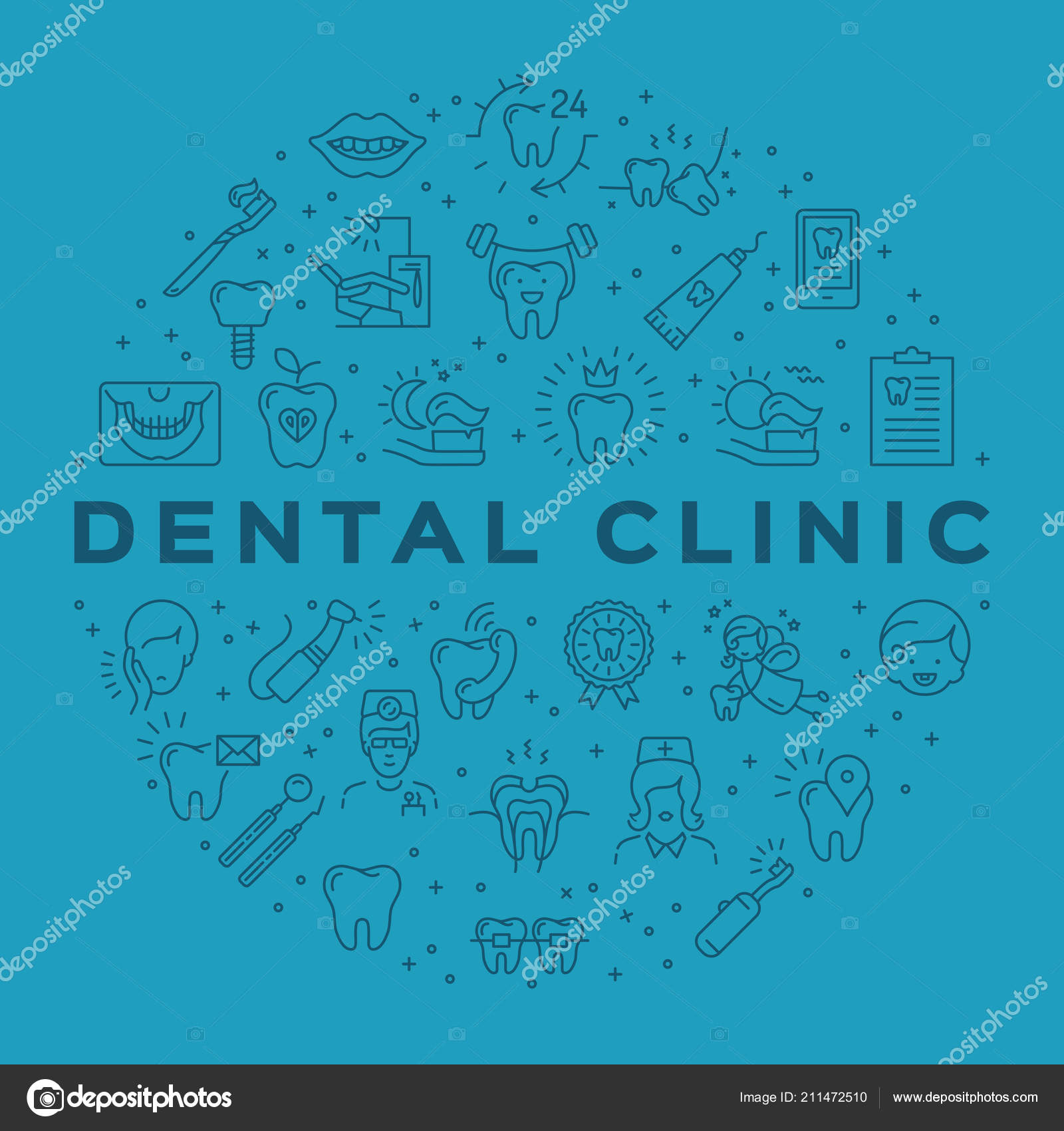Invisalign Versus Conventional Braces: A Substantial Assessment
Invisalign Versus Conventional Braces: A Substantial Assessment
Blog Article
Short Article Author-Field Pehrson
When faced with the decision in between Invisalign and standard braces, you could ask yourself which choice aligns far better with your way of living and preferences. The option includes more than just the aesthetic appeal; it explores variables like therapy duration, convenience, and long-term oral wellness effects. Take into consideration the effect each option may carry your day-to-day regimen and positive self-image. As we check out the detailed comparison, you'll get understandings right into the subtleties that make these orthodontic therapies one-of-a-kind and uncover which one might be the far better fit for you.
Materials and Building and construction
When comparing Invisalign to standard dental braces, the materials and building vary dramatically. great site contains clear, smooth plastic aligners custom-made to fit your teeth. These aligners are essentially unseen, making them a popular selection for those looking for a much more discreet orthodontic treatment.
On the other hand, conventional dental braces include metal braces that are glued to your teeth. These brackets are after that linked by cords and rubber bands, using pressure to progressively shift your teeth into the wanted placement.
The building of Invisalign aligners enables a much more comfortable fit compared to standard dental braces. The smooth plastic material minimizes irritability to your cheeks and periodontals, which is a typical concern with metal braces and cables. Furthermore, Invisalign aligners are removable, making it simpler to clean and floss your teeth with no blockages.
On the other hand, traditional dental braces are fixed onto your teeth, requiring extra care and time for appropriate upkeep.
Maintenance and Oral Health
The maintenance and oral health practices vary in between Invisalign and conventional braces due to their special layout and construction.
With Invisalign, you can eliminate the aligners when consuming or cleaning your teeth, enabling you to keep your regular dental hygiene routine with no blockages. It's critical to comb your teeth after eating before placing the aligners back on to protect against food particles from obtaining caught and causing degeneration.
On https://health.usnews.com/health-care/patient-advice/articles/invisible-braces-guide , conventional braces call for added focus to maintain your teeth tidy. Food particles can easily get embeded the brackets and wires, leading to plaque build-up and possible dental caries. You'll need to use special tools like interdental brushes or floss threaders to clean between the cords and brackets efficiently.
Regular oral check-ups and cleanings are vital to guarantee that your oral health remains in leading condition while using conventional braces.
Exposure and Aesthetics
Visibility and aesthetics play a significant function in the contrast between Invisalign and typical dental braces. When it concerns look, Invisalign supplies a clear benefit over typical dental braces. Invisalign aligners are practically undetectable, making them a prominent selection for those that choose a more very discreet orthodontic therapy alternative.
Unlike the recognizable steel brackets and cords of typical dental braces, Invisalign aligners are clear and assimilate with your natural teeth, allowing you to smile confidently throughout your treatment.
Traditional braces, on the other hand, are a lot more obvious as a result of their steel elements. While some might go with vivid bands to personalize their dental braces, others might feel uncomfortable concerning the exposure of these orthodontic appliances. The famous look of typical dental braces can sometimes impact an individual's self-esteem, especially for adults in professional setups.
Conclusion
In conclusion, when selecting between Invisalign and typical dental braces, consider your way of life and choices. Invisalign uses a very discreet and comfortable choice with very easy upkeep, while conventional dental braces supply vibrant personalization yet might impact self-esteem.
Ultimately, the choice must be based on what works best for you in terms of aesthetics, benefit, and convenience. Make certain to seek advice from your orthodontist to determine one of the most suitable therapy for your individual demands.
